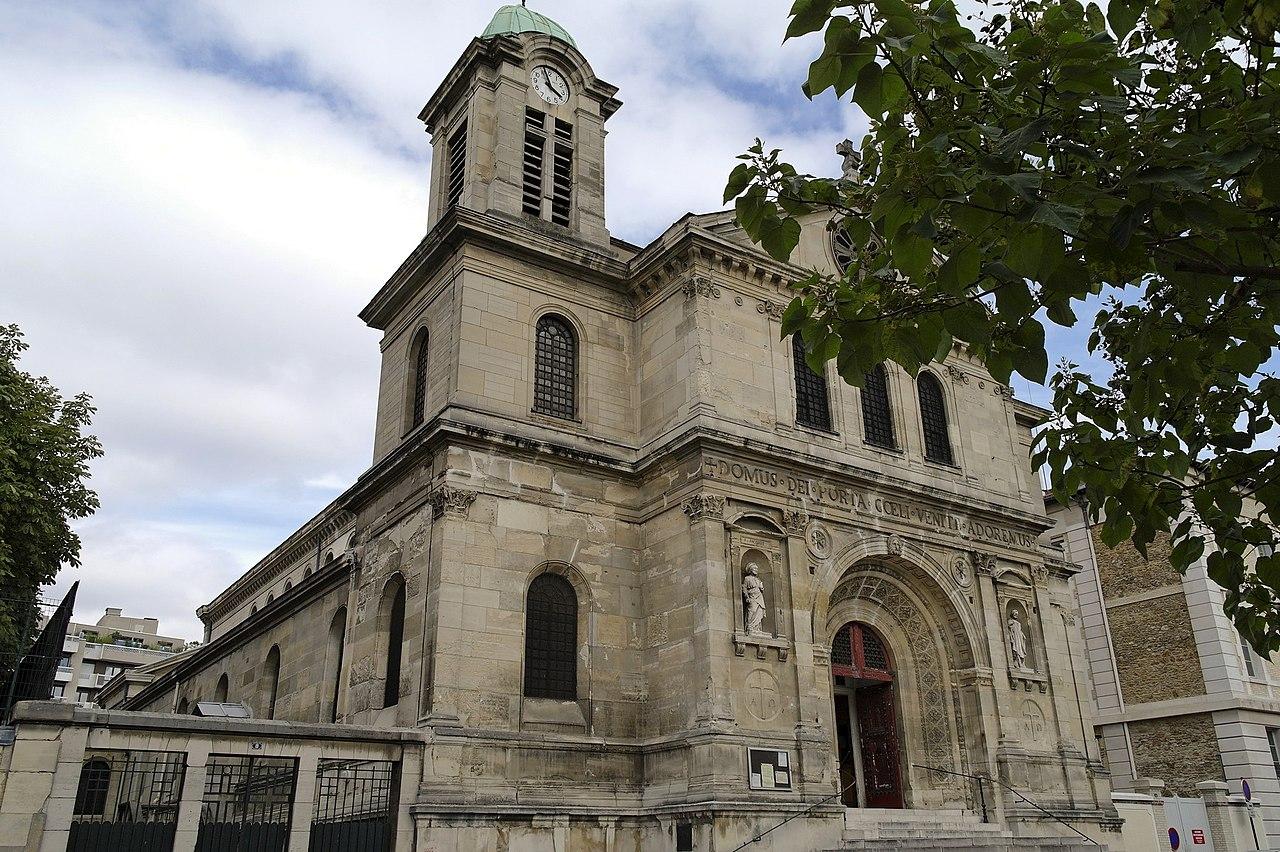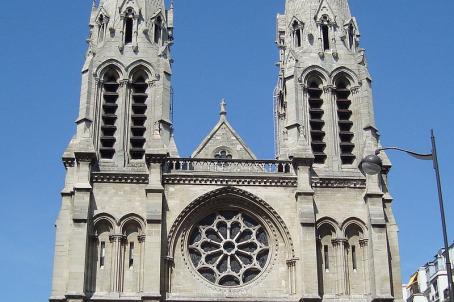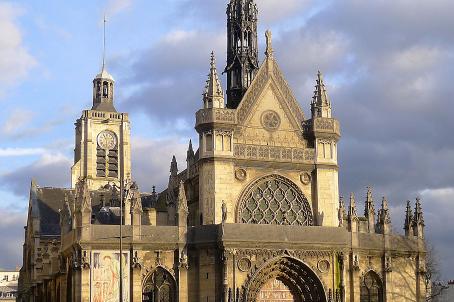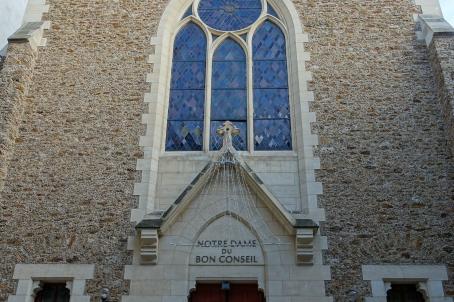Église Saint-Jacques-Saint-Christophe de la Villette

The Saint-Jacques-Saint-Christophe de la Villette church was built between 1841 and 1844 on top of an old 14th-century church. The considerable increase in population in the 19th century, following, in particular, the construction of the Ourcq canal, justified the construction of a new church and a royal order of 17 November 1837 authorised the commune to acquire land for this purpose. The architect of the church was Paul-Eugène Lequeux (1806-1873), architect of the neighbouring district of Saint-Denis and designer of several churches, including Notre-Dame-de-Clignancourt in the 18th arrondissement of Paris.





